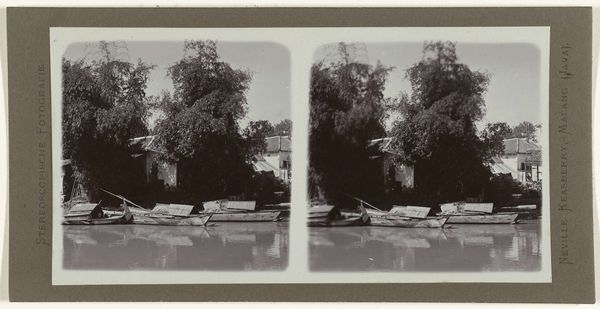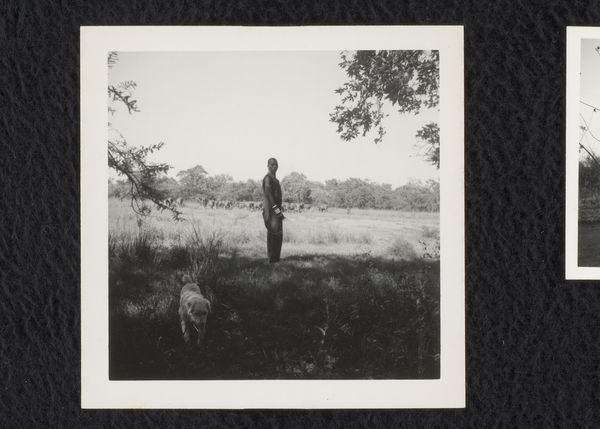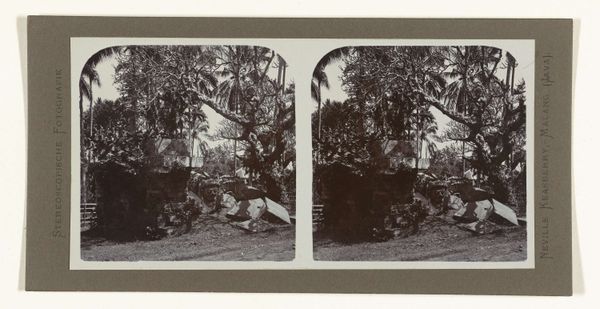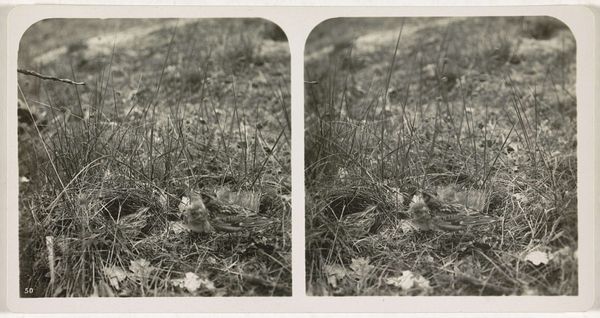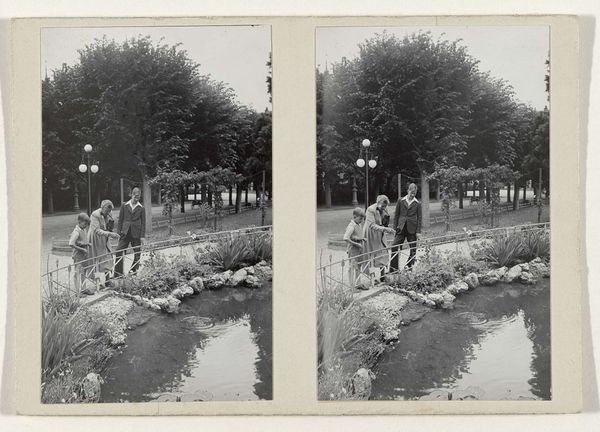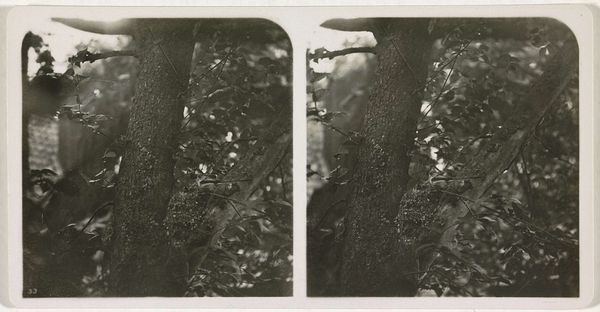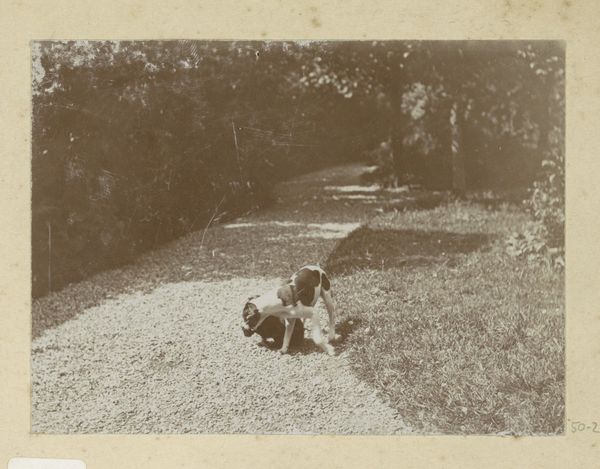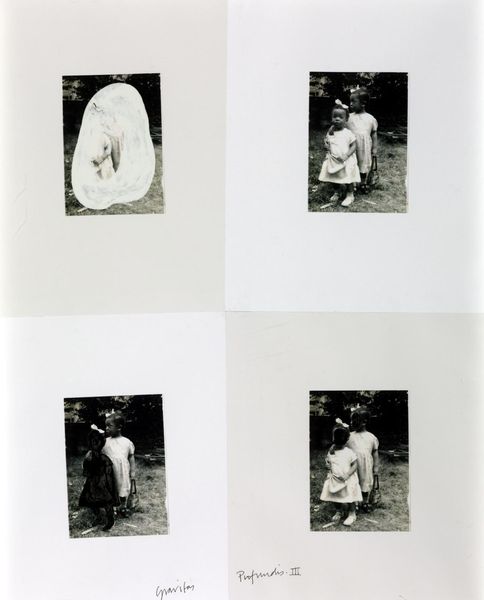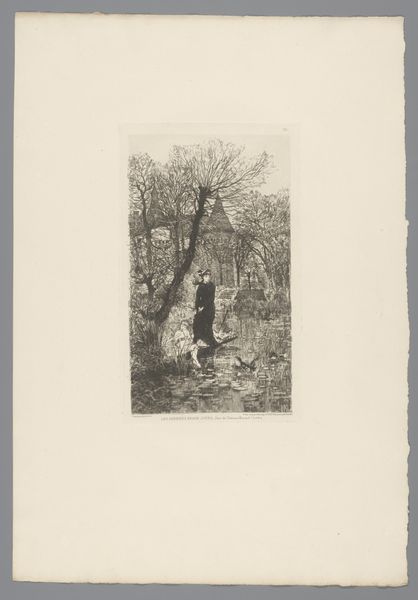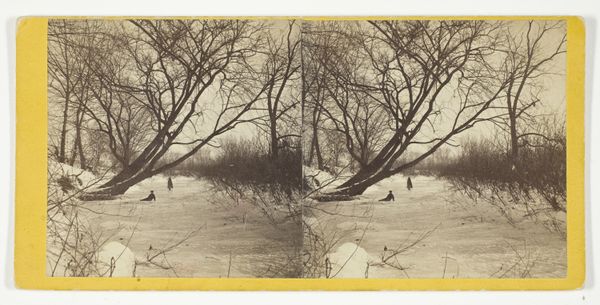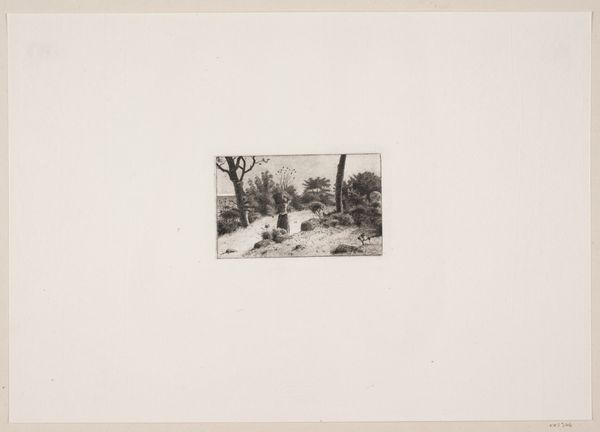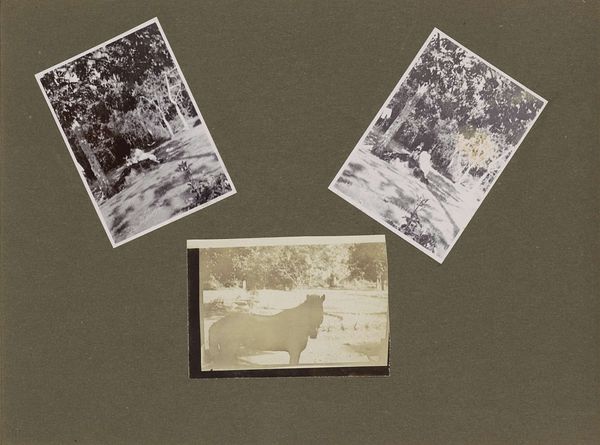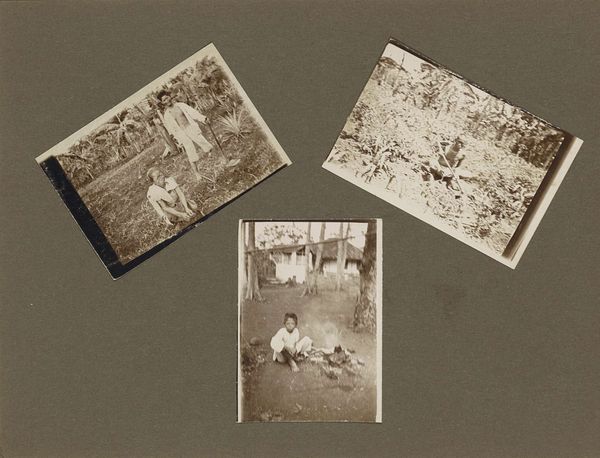
Kleine jongen gehurkt in een grasveld kijkend naar een stromende beek c. 1920 - 1945
0:00
0:00
geldolphadriaankessler
Rijksmuseum
photography
#
portrait
#
sculpture
#
landscape
#
street-photography
#
photography
#
realism
Dimensions: height 80 mm, width 104 mm
Copyright: Rijks Museum: Open Domain
Editor: So, this is "Kleine jongen gehurkt in een grasveld kijkend naar een stromende beek" – or, "Small boy crouched in a meadow looking at a flowing stream," a photograph by Geldolph Adriaan Kessler, likely taken sometime between 1920 and 1945. It's a pretty simple scene, but there’s a stillness, a quiet observation that really captures my attention. What do you see in this piece? Curator: It's more than a simple scene, I think. Let’s consider the era. The interwar period, right? Photography was becoming more accessible, moving beyond purely documentary or posed studio portraits. Think about the social context, too. How might this seemingly innocent scene play into notions of childhood, of innocence lost perhaps in the shadow of looming global conflict? How does the photographer engage, even if unconsciously, with questions of privilege and access to these idyllic pastoral spaces? Editor: That’s interesting. I was just thinking of it as a charming snapshot. Are you suggesting the photograph might be subtly critiquing societal structures? Curator: It's less about explicit critique and more about considering the undercurrents. Who gets to experience this kind of carefree childhood? The child's attire, the manicured nature surrounding them... it points to a specific social class. The seemingly benign scene is itself a document that reflects class and social relations of the time. The double vision enhances this aspect, underlining it even, how might this layering deepen the reading? Editor: I didn't really think of it like that! I was just focusing on the boy and the stream, and the nostalgic mood. Curator: Exactly! And nostalgia itself can be a powerful, and often deceptive, force. Who is the photographer? What’s their background? What are they choosing to show – or not show? Even something that looks like a candid photograph has to be understood in context of power dynamics within a specific time. Editor: So, by thinking about those historical and social factors, it completely shifts the meaning of the photo. Thank you! Curator: Precisely! Looking at art is about questioning everything – including our initial reactions. It shows how art, especially photography, can also reflect history, philosophy and sociology at once.
Comments
No comments
Be the first to comment and join the conversation on the ultimate creative platform.

